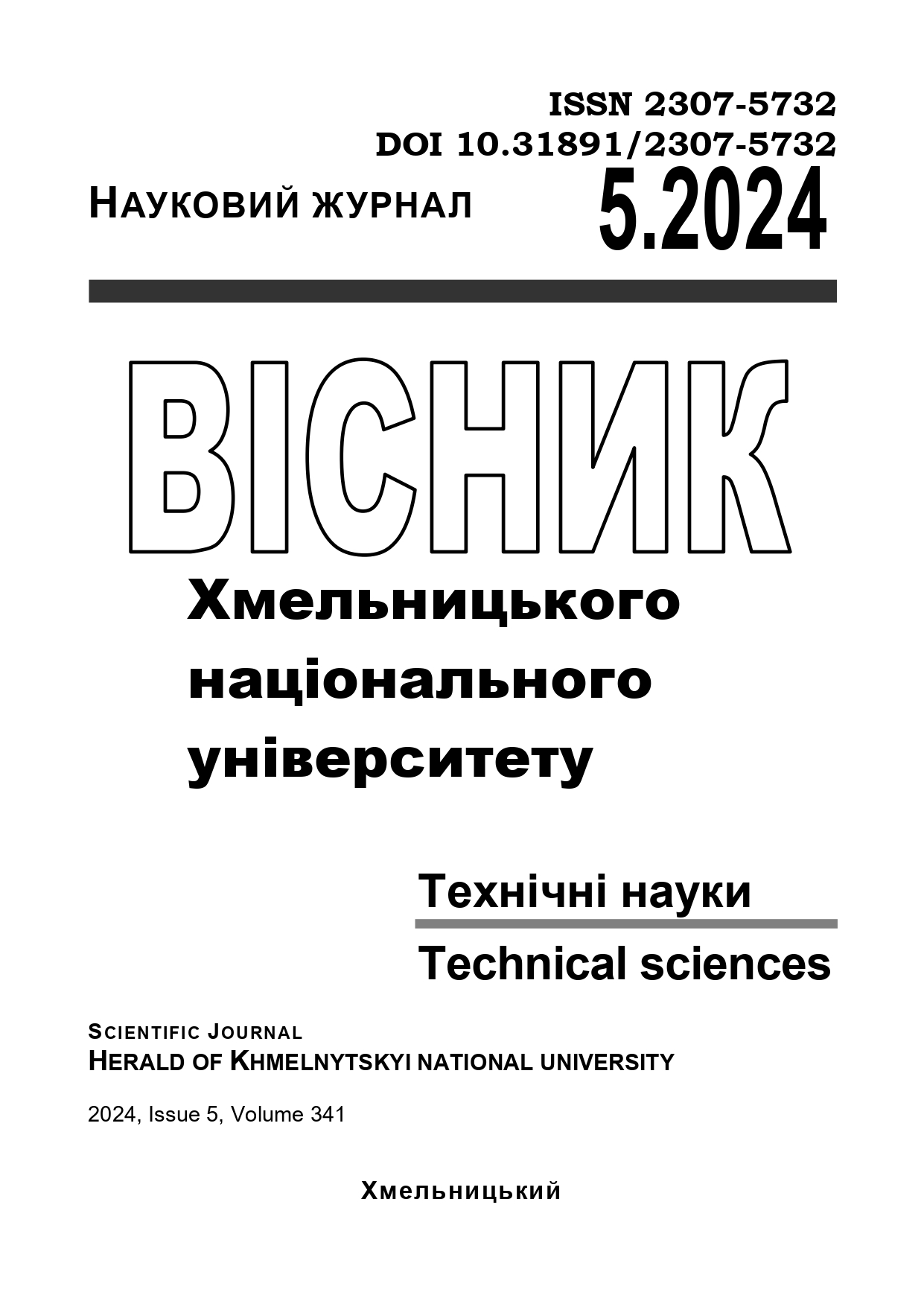FORECASTING SOFTWARE QUALITY METRICS USING MODIFICATIONS OF THE LIME METHODOLOGY
DOI:
https://doi.org/10.31891/2307-5732-2024-341-5-66Keywords:
optimization, LIME, deep learning model, modifications, adaptability, information technologyAbstract
This paper presents research results on the modifications of the LIME methodology aimed at enhancing the accuracy and adaptability of machine learning model assessments. Specifically, five primary modifications are examined: the use of weighted functions to optimize local approximation, the implementation of nonlinear approximation models, the application of multitask learning, optimization of superpixel selection, and the integration of temporal parameters. The objective of this work is to explore five optimization modifications of the LIME methodology to improve the accuracy and efficiency of forecasting software quality metrics. To achieve this goal, the following tasks are set: conduct a detailed review of the problems associated with the application of the LIME methodology in assessing software quality; mathematically describe five methods of modifying the LIME methodology aimed at improving the accuracy, adaptability, and speed of software quality metric assessments; and perform an experimental validation of the proposed modifications to evaluate their effectiveness compared to the original methodology. The object of study is the LIME methodology in the context of assessing software quality. The subject of research includes the mathematical tools and algorithmic solutions for enhancing the LIME methodology. The study aims to define five optimization approaches to improve the LIME method. Experimental results showed that the modifications achieved higher accuracy and improved interpretability compared to the original LIME methodology. The most effective modification was the one using nonlinear models, which reached an accuracy of 0.87. Future research prospects include investigating new models, analyzing the impact of various parameters, optimizing computational costs, and adapting the methodology to other domains. The results of this research highlight the importance of improving interpretation methodologies for machine learning models to enhance their practical applicability in various fields.

